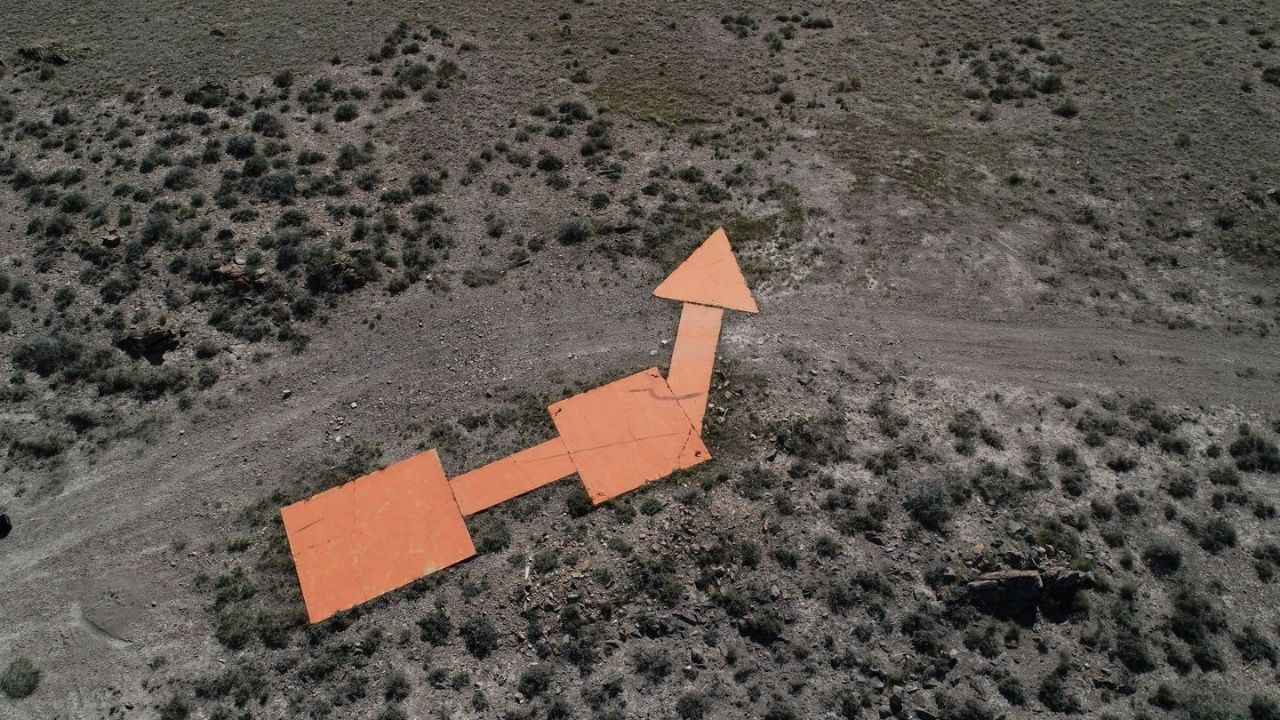Hidden Traces Of The Transcontinental Airway System

Have you ever noticed those tall, mysterious towers scattered across the American landscape? These are remnants of the Transcontinental Airway System, a network of beacons that once guided early pilots across the country. Before modern navigation technology, these towers were crucial for safe air travel. Built in the 1920s and 1930s, they featured powerful lights and giant concrete arrows on the ground, pointing the way from coast to coast. Though many have fallen into disrepair, some still stand as silent witnesses to aviation history. Next time you see one, remember its role in pioneering air travel.
Hidden Traces of the Transcontinental Airway System
The Transcontinental Airway System, established in the 1920s, was a groundbreaking network of beacons and markers guiding early pilots across the United States. Though modern technology has replaced these markers, remnants of this historic system still exist. Let's uncover some hidden traces of this once vital network.
1. Concrete Arrows in the Desert
Scattered across the American landscape, these giant concrete arrows once pointed the way for pilots navigating the skies.
- Arizona's Painted Desert: Near Winslow, Arizona, large concrete arrows still lie in the desert, silent witnesses to the early days of aviation.
- Utah's Bonneville Salt Flats: Amid the vast, white expanse, these arrows stand out, guiding pilots through one of the most challenging terrains.
2. Beacon Towers
Beacon towers were crucial for night flights, their powerful lights cutting through the darkness to guide pilots safely.
- Cheyenne, Wyoming: A well-preserved beacon tower stands tall, a relic of the early days of air travel.
- Elko, Nevada: This small town hosts another beacon tower, a reminder of the town's role in the transcontinental air route.
3. Airway Markers
Airway markers, often painted on rooftops or large surfaces, helped pilots identify their location during daylight hours.
- Salt Lake City, Utah: Some buildings still bear the faded paint of airway markers, guiding pilots through the mountainous region.
- Omaha, Nebraska: Rooftop markers in Omaha once helped pilots navigate the central United States.
4. Lighted Airway Stations
These stations provided essential services to pilots, including weather updates and emergency assistance.
- Rock Springs, Wyoming: The remains of a lighted airway station can still be found, offering a glimpse into the past.
- North Platte, Nebraska: Another station, now a historical site, once served as a critical stop for pilots crossing the country.
5. Historical Museums
Museums dedicated to aviation history often house artifacts and information about the Transcontinental Airway System.
- Smithsonian National Air and Space Museum, Washington D.C.: This museum features exhibits on early aviation, including the Transcontinental Airway System.
- Western Antique Aeroplane & Automobile Museum, Oregon: A treasure trove of aviation history, this museum showcases the evolution of air travel.
6. Abandoned Airfields
Some airfields that were part of the Transcontinental Airway System have been abandoned, yet they still hold historical significance.
- Winslow-Lindbergh Regional Airport, Arizona: Once a bustling hub, this airfield now stands as a quiet reminder of its past importance.
- Mills Field, California: Now part of San Francisco International Airport, this field was a key stop on the transcontinental route.
7. Historical Markers and Plaques
Historical markers and plaques commemorate the sites and events associated with the Transcontinental Airway System.
- Cleveland, Ohio: A plaque at Cleveland Hopkins International Airport honors the city's role in early aviation.
- Chicago, Illinois: Historical markers in Chicago highlight the city's significance in the development of the airway system.
8. Aviation Heritage Trails
Some regions have created heritage trails to celebrate their aviation history, including the Transcontinental Airway System.
- Kansas Aviation Museum, Wichita: This museum offers a heritage trail that includes sites related to the airway system.
- Ohio Aviation Heritage Trail: This trail takes visitors through key locations in Ohio's aviation history, including those linked to the transcontinental route.
Discovering History in Plain Sight
The Transcontinental Airway System may not be as famous as other historical landmarks, but its impact on aviation is undeniable. These concrete arrows and beacons guided early pilots across the country, making air travel safer and more reliable. Today, many of these relics still exist, hidden in plain sight, waiting for curious explorers to find them. Visiting these sites offers a unique glimpse into the past and a chance to appreciate the ingenuity of early aviation pioneers. Next time you’re on a road trip or hiking in remote areas, keep an eye out for these historical markers. They’re more than just old concrete; they’re pieces of a story that helped shape modern aviation. So, grab a map, plan your route, and uncover the hidden traces of the Transcontinental Airway System.

